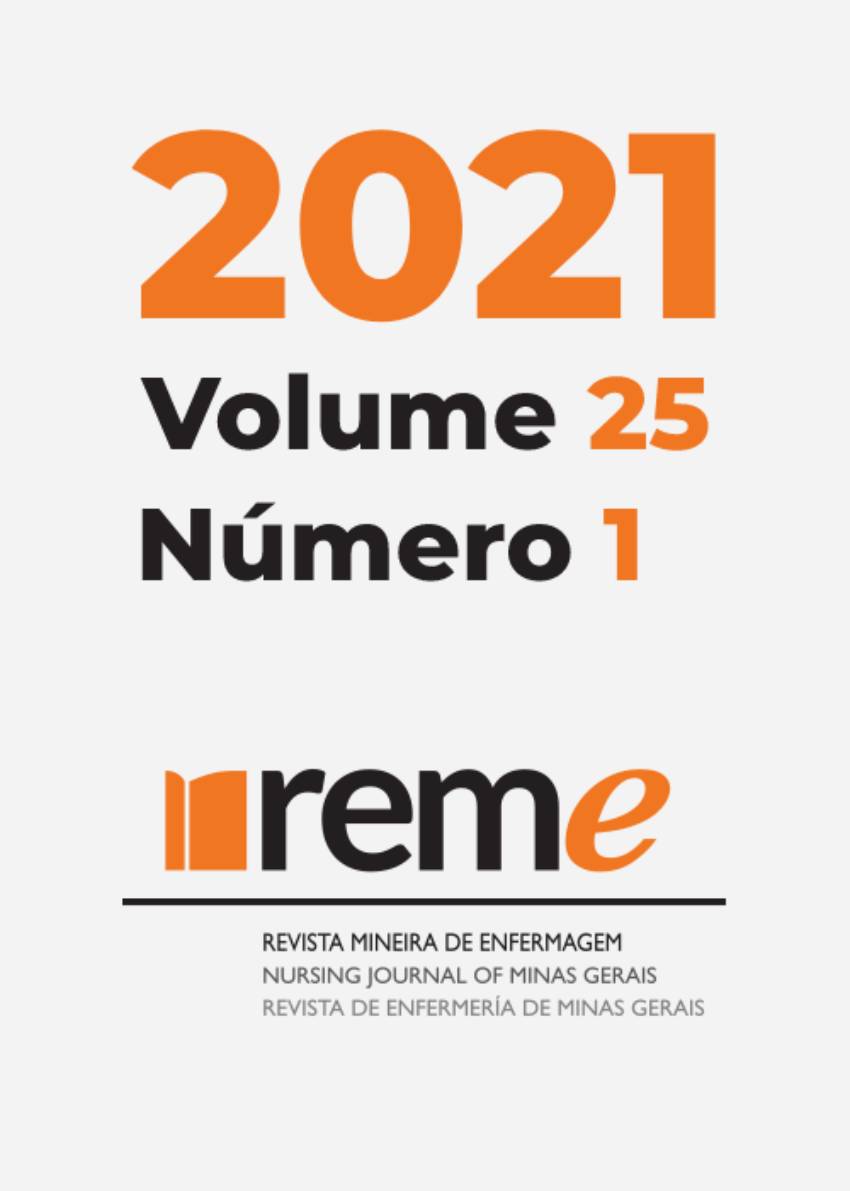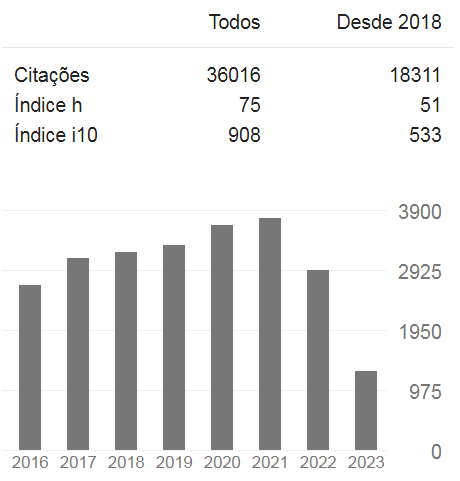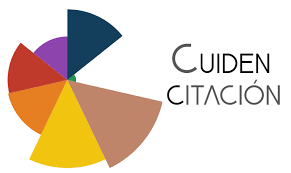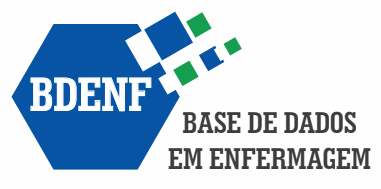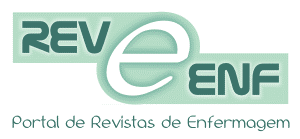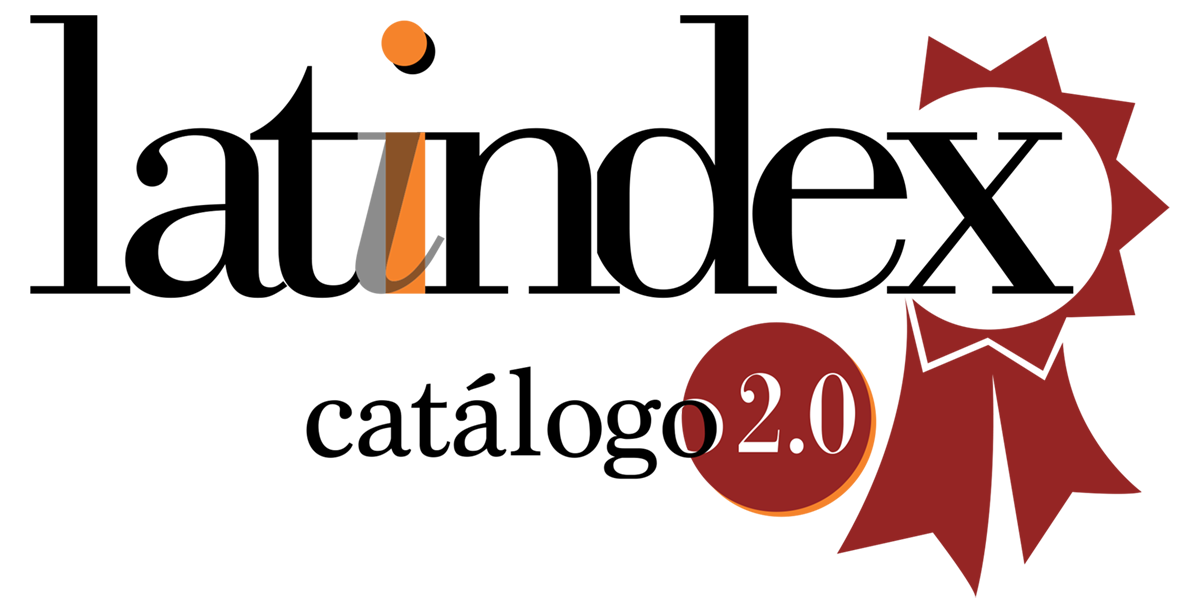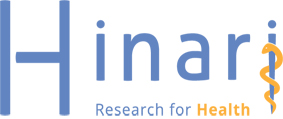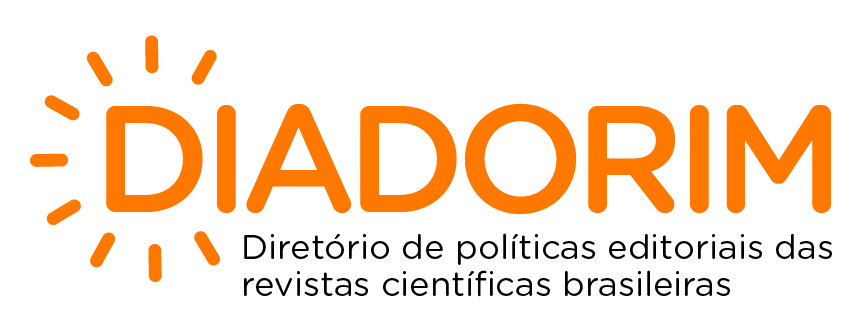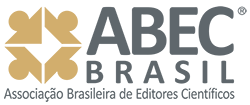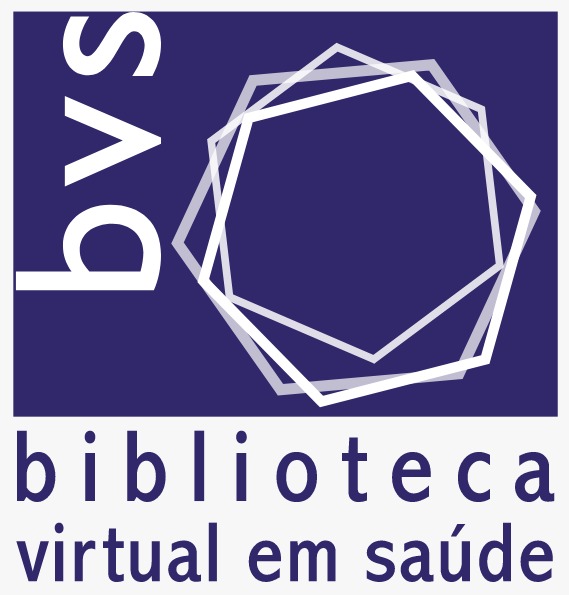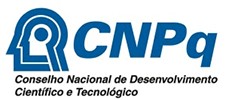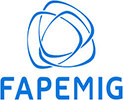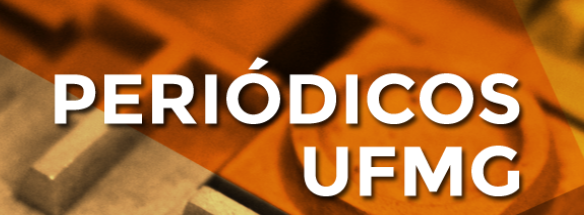Poorly positioned nasoenteral catheters
case reports
DOI:
https://doi.org/10.5935/1415.2762.20210030Keywords:
Catheters, Intubation, Gastrointestinal, Enteral Nutrition, Hydrogen-Ion Concentration, X-Rays, NursingAbstract
Objective: to report cases of poorly positioned nasoenteral catheters after blind insertion at the
bedside. Method: three cases are presented, which occurred in a hospital located in the state of São
Paulo. The catheters were inserted by the nurse according to institutional protocol, for placement
at the enteric level. Epigastric auscultation and pH measurement were the methods used to confirm
the positioning of the catheters and subsequently the X-Ray exam was performed, considered a
reference exam to confirm the positioning of nasoenteral catheters. Results: of the three poorly
positioned catheters, two were with the distal end projected to the esophagogastric junction and
one was not visualized, despite the auscultation being positive and the pH values being higher
than six. Conclusion: the results revealed important limitations of both methods in verifying the
positioning of nasoenteral catheters that were recently inserted blindly at the bedside.
Downloads
References
Boullata JI, Carrera AL, Harvey L, Escuro AA, Hudson L, Mays A, et al. ASPEN Safe practices for enteral nutrition therapy. JPEN J Parenter Enteral Nutr. 2017[citado em 2020 abr. 27];41(1):15-103. Disponível em: https://doi.org/10.1177/0148607116673053
Lord LM. Enteral access devices: types, function, care, and challenges. Nutr Clin Pract. 2018[citado em 2020 abr. 8];33(1):16-38. Disponível em: https://doi.org/10.1002/ncp.10019
National Health Service. Nasogastric (NG) & nasojejunal (NJ) feeding tubes - policy for insertion and management in adult patients (excludes paediatrics and neonates). United Kingdom: NHS Foundation Trust; 2019[citado em 2020 nov. 24]. Disponível em: https://www.sfh-tr.nhs.uk/media/8328/nasogastric-ng-and-nasojejunal-nj-feeding-tubes-policy-for-the-insertion-and-management-in-adult-patients.pdf
National Health Service. Provisional publication of never events reported as occurring between 1 April and 31 August 2020. London: NHS England and NHS Improvement. 2020[citado em 2020 dez. 21]. Disponível em: https://www.england.nhs.uk/wp-content/uploads/2020/12/Provisional-publication-NE-1-April-31-October-2020.pdf
Smith AL, Santa Ana CA, Fordtran JS, Guileyardo JM. Deaths associated with insertion of nasogastric tubes for enteral nutrition in the medical intensive care unit: Clinical and autopsy findings. Proc (Bayl Univ Med Cent). 2018[citado em 2020 out. 25];31(3):310-6. Disponível em: https://doi.org/10.1080/08998280.2018.1459400
Gimenes FRE, Pereira MCA, Prado PRD, Carvalho R, Koepp J, Freitas LM, et al. Nasogastric/Nasoenteric tube-related incidents in hospitalised patients: a study protocol of a multicentre prospective cohort study. BMJ Open. 2019[citado em 2020 nov. 15];9(7):e027967. Disponível em: http://dx.doi.org/10.1136/bmjopen-2018-027967
Conselho Federal de Enfermagem. Resolução nº 619, de 04 de novembro de 2019. Normatiza a atuação da Equipe de Enfermagem na Sondagem Oro/nasogástrica e Nasoentérica. Diário Oficial da União: COFEn. 2019[citado em 2020 maio 8]. Disponível em: http://www.cofen.gov.br/resolucao-cofen-no-619-2019_75874.html
Conselho Federal de Enfermagem. Resolução nº 453, de 16 de janeiro de 2014. Aprova a Norma Técnica que dispõe sobre a Atuação da Equipe de Enfermagem em Terapia Nutricional. Diário Oficial da União: COFEn. 2014[citado em 2020 maio 8]. Disponível em: http://www.cofen.gov.br/resolucao-cofen-no-04532014_23430.html
Lyman B, Peyton C, Healey F. Reducing nasogastric tube misplacement through evidence-based practice: is your practice up-to-date? Am Nurse Today. 2018[citado em 2020 abr. 28];13(11):6-11. Disponível em: https://www.myamericannurse.com/wp-content/uploads/2018/11/ant11-CE-NG-Tube-1026.pdf
Duarte JMM. Análise da concordância da ausculta epigástrica e mensuração do pH na confirmação do posicionamento de sonda nasoenteral [dissertação]. Ribeirão Preto: Universidade de São Paulo; 2020. 95 p.
National Patient Safety Agency. Patient safety alert NPSA/2011/PSA002: reducing the harm caused by misplaced nasogastric feeding tubes in adults, children and infants. United Kingdom: NPSA; 2011[citado em 2020 out. 8]. Disponível em: http://www.gbukenteral.com/pdf/NPSA-Alert-2011.pdf
Zeferino EBB, Santos SCVdO, Freitas MIP, Caserta NMG. Maior comprimento de sonda nasogástrica não garante localização adequada: relato de experiência. Síntese: Rev Eletr Sim Tec. 2016[citado em 2020 maio 18];1(6):61. Disponível em: https://doi.org/10.20396/sinteses.v0i6.8514
Metheny NA, Krieger MM, Healey F, Meert KL. A review of guidelines to distinguish between gastric and pulmonary placement of nasogastric tubes. Heart Lung. 2019[citado em 2020 maio 8];48(3):226-35. Disponível em: https://doi.org/10.1016/j.hrtlng.2019.01.003
Beghetto MG, Anziliero F, Leães DM, Mello EDd. Feeding tube placement: auscultatory method and x-ray agreement. Rev Gaúch Enferm. 2015[citado em 2020 out. 25];36(4):98-103. Disponível em: http://dx.doi.org/10.1590/1983-1447.2015.04.54700
American Association of Critical-Care Nurses. AACN practice alert: initial and ongoing verification of feeding tube placement in adults (applies to blind insertions and placements with an electromagnetic device). Crit Care Nurse. 2016[citado em 2020 out. 8];36(2):e8-e13. Disponível em: https://doi.org/10.4037/ccn2016141
Ni MZ, Huddy JR, Priest OH, Olsen S, Phillips LD, Bossuyt PMM, et al. Selecting pH cut-offs for the safe verification of nasogastric feeding tube placement: A decision analytical modelling approach. BMJ Open. 2017[citado em 2020 out. 28];7(11) e018128. Disponível em: https://doi.org/10.1136/bmjopen-2017-018128
Taylor, SJ. Methods of Estimating Nasogastric Tube Length: All, Including "NEX," Are Unsafe. Nutr Clin Pract. 2020[citado em 2020 out. 27];35(5):864-70. Disponível em: https://doi.org/10.1002/ncp.10497
Torsy T, Saman R, Boeykens K, Duysburgh I, Van Damme N, & Beeckman D. Comparison of Two Methods for Estimating the Tip Position of a Nasogastric Feeding Tube: A Randomized Controlled Trial. Nutr Clin Pract. 2018[citado em 2020 out. 27];33(6):843-50. Disponível em: https://doi.org/10.1002/ncp.10112
Torsy T, Saman R, Boeykens K, Duysburgh I, Eriksson M, Verhaeghe S, et al. Accuracy of the corrected nose-earlobe-xiphoid distance formula for determining nasogastric feeding tube insertion length in intensive care unit patients: A prospective observational study. Int J Nurs Stud. 2020[citado em 2020 out. 27];110:103614. Disponível em:https://doi.org/10.1016/j.ijnurstu.2020.103614
Kohata H, Okuda N, Nakataki E, Itagaki T, Onodera M, Imanaka H, et al. A novel method of post-pyloric feeding tube placement at bedside. J Crit Care. 2013[citado em 2020 out. 30];28(6):1039-41. Disponível em: https://doi.org/10.1016/j.jcrc.2013.06.018
Conselho Federal de Enfermagem. Resolução nº 564, de 6 de novembro de 2017. Aprova o novo Código de Ética dos Profissionais de Enfermagem. Diário Oficial da União: COFEn; 2017[citado em 2020 out. 18]. Disponível em: http://www.cofen.gov.br/resolucao-cofenno-5642017_59145.html
Published
How to Cite
Issue
Section
License
Copyright (c) 2021 Reme: Revista Mineira de Enfermagem

This work is licensed under a Creative Commons Attribution 4.0 International License.

